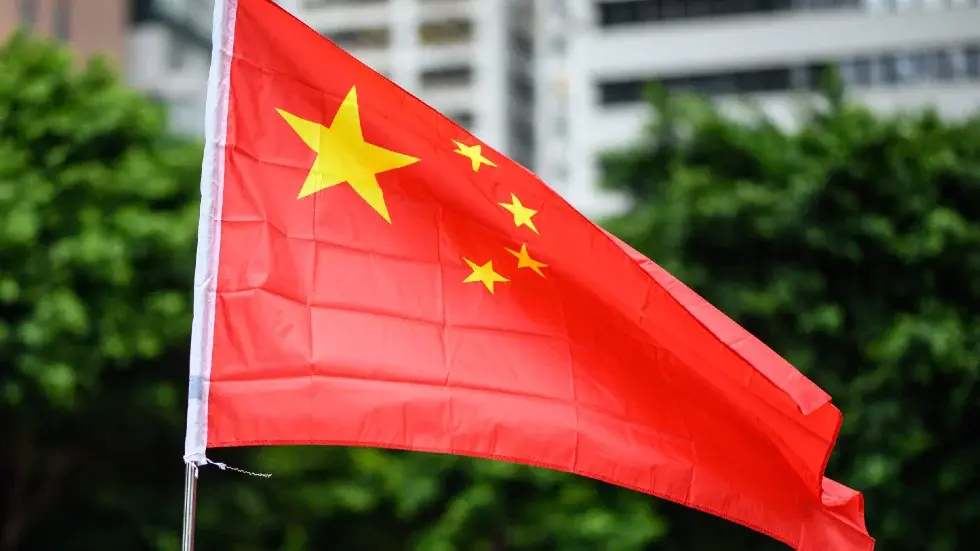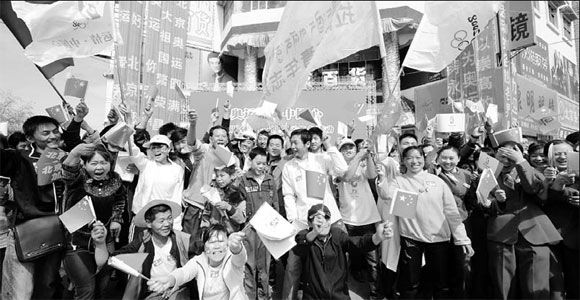The Communist leadership understood that the overthrow of feudal society is a hugely progressive development, but this process could not be forced from the top down. Over the next decade, much of Tibet’s social practices remained in place, while mass support for the social revolution grew. The Communists built roads, hospitals, schools and other amenities, while leaving intact local feudal governments and the Buddhist religious structure for most of the 1950s.
At the same time, the CIA had begun to plant the seeds of counterrevolution, recruiting and arming contra-style death squads, coordinated by the Dalai Lama’s brother and inner circle based in India.
The U.S.-backed Tibetan mercenaries were brought to Camp Hale in Colorado, where they were trained, and subsequently dispatched on air-drop missions throughout Tibet to carry out attacks against People’s Liberation Army troops, assassinations and other terrorist maneuvers. These operations were meant to give the illusion of a popular movement against the Communist Party; and they came to a head in 1959, when the Dalai Lama and the CIA launched an “uprising,” which was painted by Western media as a “liberation movement.”


